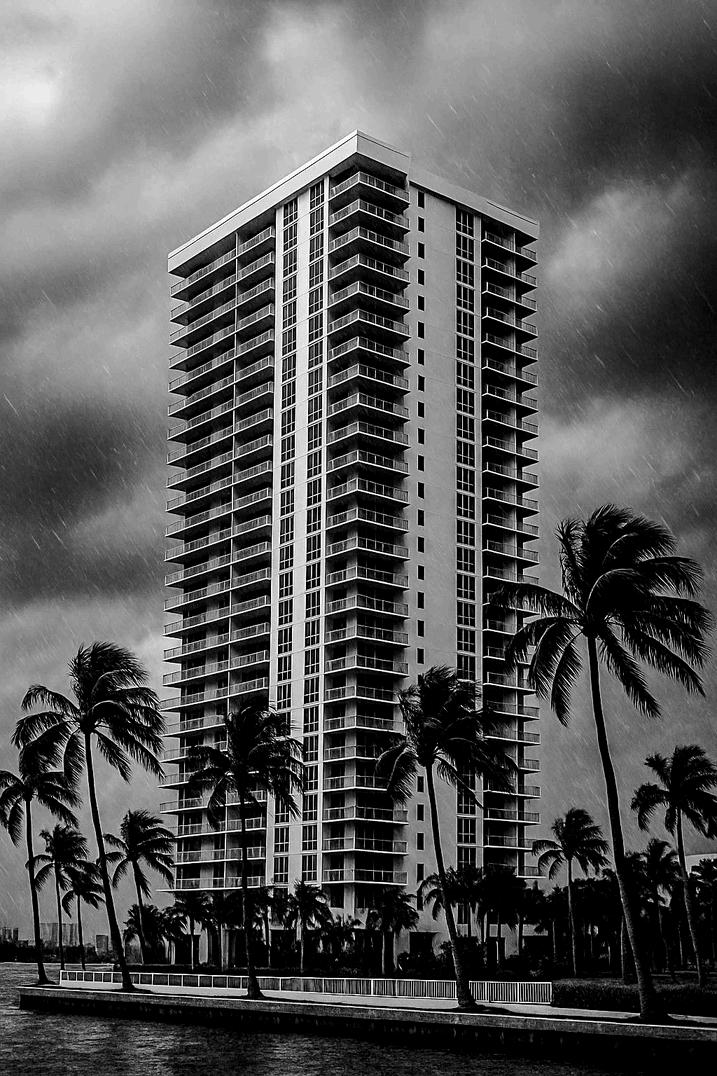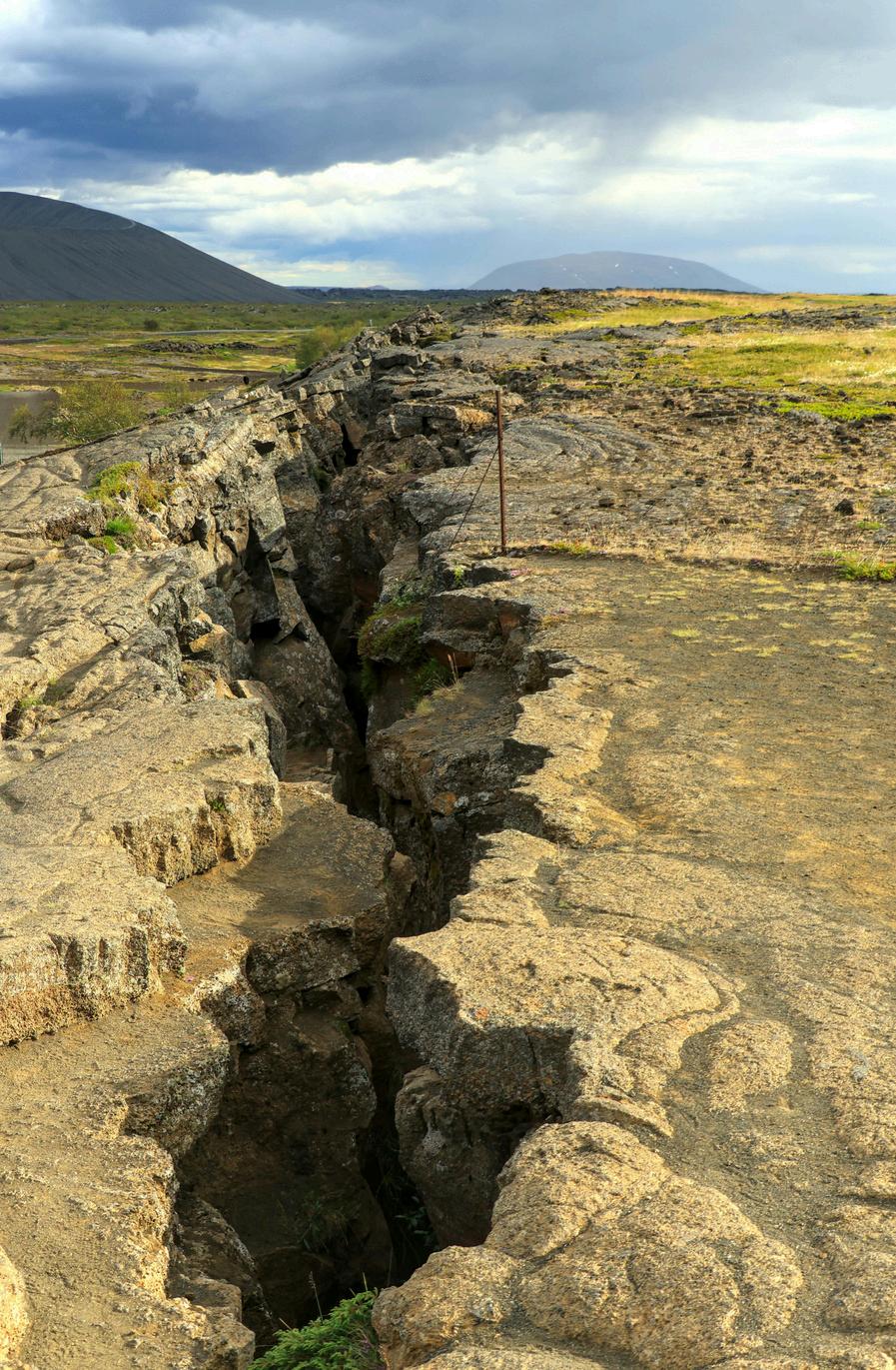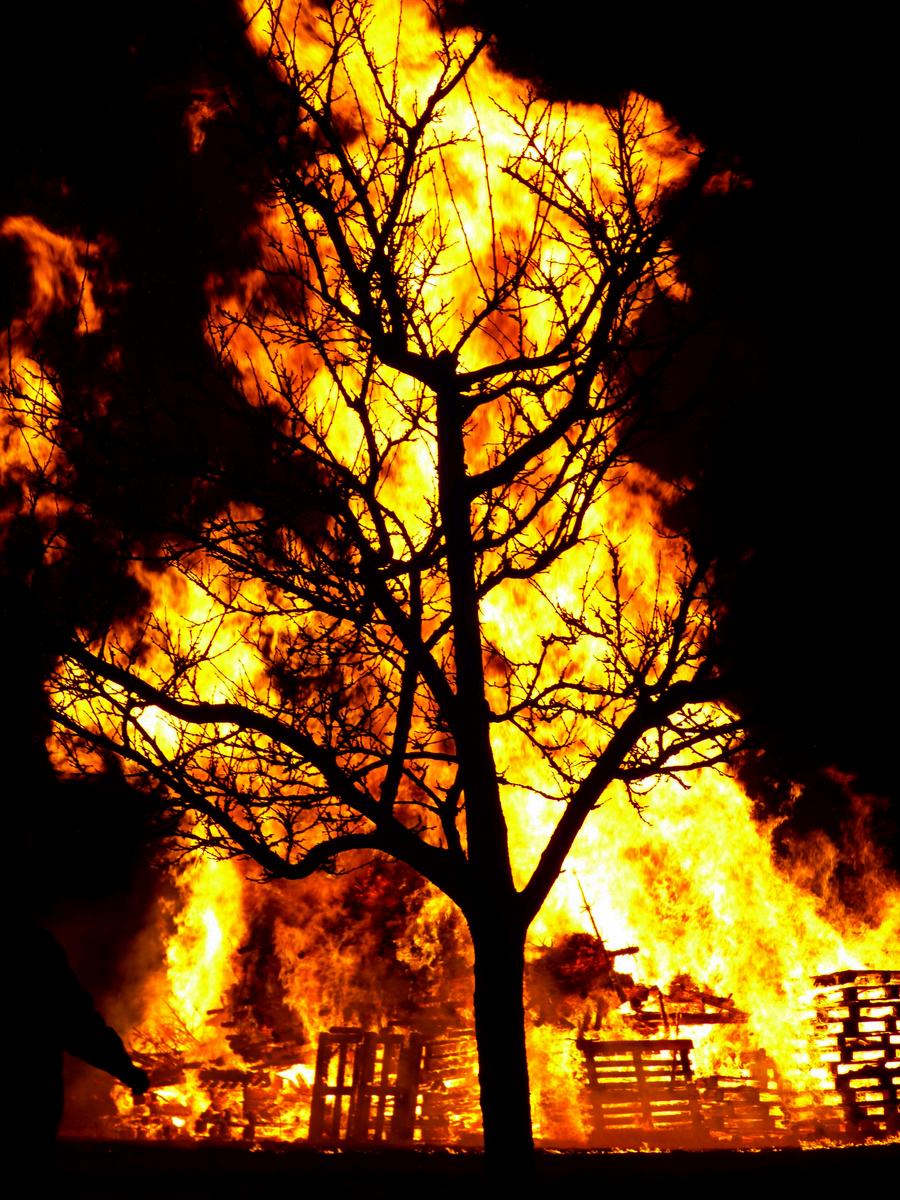

PRA

Property Resilience Assessment
At CBC, we offer Property Resilience Assessments (PRA) to clients looking to better understand how climate risks could impact their properties. Each PRA provides a comprehensive “climatecheck,” analyzing historical climate patterns and projecting potential future risks specific to the location. This valuable insight helps our clients make more informed decisions, enhance property resilience, and plan for long-term sustainability.
CBC goes even further to offer our clients a ThreePhase option for their property. Each Phase dives deeper to identify risks, evaluate conditions, and oversees solutions to strengthen your asset’s long-term resilience.

"Weathermaybeunpredictable, butresiliencecanbeplanned."

Protecting Properties from the Impacts of a Changing Climate
At Commercial Building Consultants, our Property Resilience Assessment (PRA) is a comprehensive, three-phase approach to identifying, understanding, and mitigating the risks that climate and weather events pose to your asset. By combining meteorological data, engineering insight, and construction expertise, we deliver a practical path to resilience that protects long-term asset value.
The new ASTM Property Resilience Assessment standard (E-3429-24), titled "Standard Guide for Property Resilience Assessments," provides a systematic approach for conducting Property Resilience Assessments (PRAs)
This guide is designed for real estate owners, operators, lenders, investors, and insurers who want to understand floods, natural hazards, and extreme weather, including those exacerbated by climate change, which may affect a property or a portfolio of properties.


Properties located in natural disaster zones, such as those near fault lines, can present significant challenges especially when potential hazards are not fully understood or disclosed
RESILIENCE

A property's ability to withstand, adapt to, and recover from major weather events or other environmental stresses.

Identifying vulnerabilities, and recommending improvements to reduce risk, limit damage, and support continued operation before, during, an after an event.
01
TYPE OF EVENTS
Property Resilience Assessment (PRA) analyzes the site's exposure to key environmental hazards, such as extreme cold, heat, snow, local or regional wind, hurricane, precipitation, fire, drought, storm surge, Riverine & Surface flood, coastal erosion, and seismic activity.
02
RISK SCORES
Each risk is evaluated using both historical data and future climate projections, helping stakeholders understand how weather events may affect building systems, operations, safety, and long-term asset performance.
03
IMPACT
The report provides both a snapshot of current exposure and a forwardlooking analysis, helping acquisition professionals and asset managers to make informed acquisition decisions, plan capital improvements, and reduce operational and insurance costs through targeted resilience strategies.
PHASES
PHASE I - PRA REPORT
This phase begins with a detailed desktop review and climate-based risk modeling tailored to the asset’s location
We evaluate regional weather patterns, historical storm data, flood zones, seismic zones, and other environmental hazards

PHASE II - STRUCTURAL & SYSTEMS
RESILIENCE EVALUATION
The CBC team conducts an on-site inspection of the building’s critical components, including roofing, facade, windows, drainage, mechanical systems, electrical infrastructure, and emergency preparedness as relates to the Phase I report
Using the Phase I report as a guide, we verify conditions, identify resilience gaps, and assess the properties components to better understand how the client can prepare it for potential major events
Findings are documented in a detailed assessment report, prioritized by severity, urgency, and capital planning impact
04 05 06
PHASE III - REMEDIATION CONSULTING & RISK MITIGATION MANAGMENT
During a Phase III, CBC will provide expert consulting and strategic guidance to help implement the recommended improvements. Acting as the Owner’s Representative, CBC supports contractor selection, plan review, quality assurance, and project oversight to ensure that all resilience upgrades are executed correctly, on budget, and with minimal disruption.
Our goal is to reduce long-term exposure, improve operational continuity, and enhance the building’s safety and asset value





